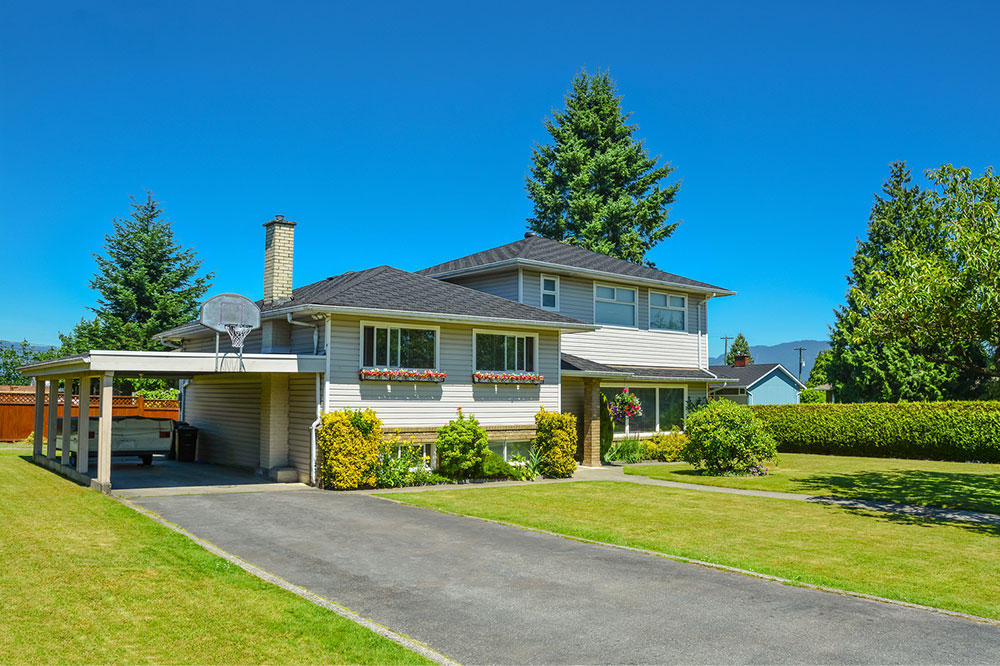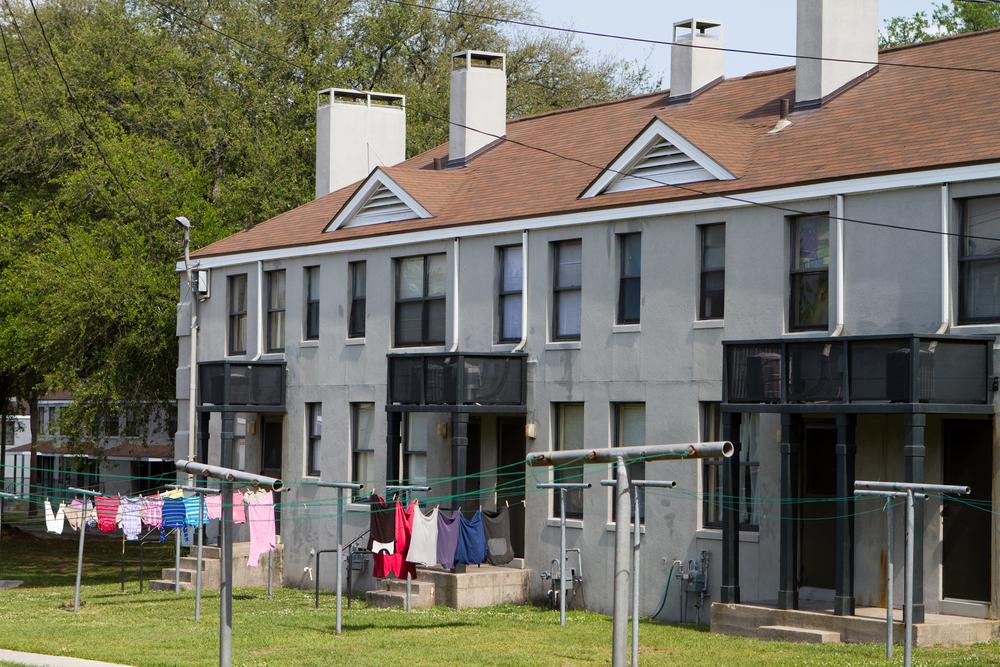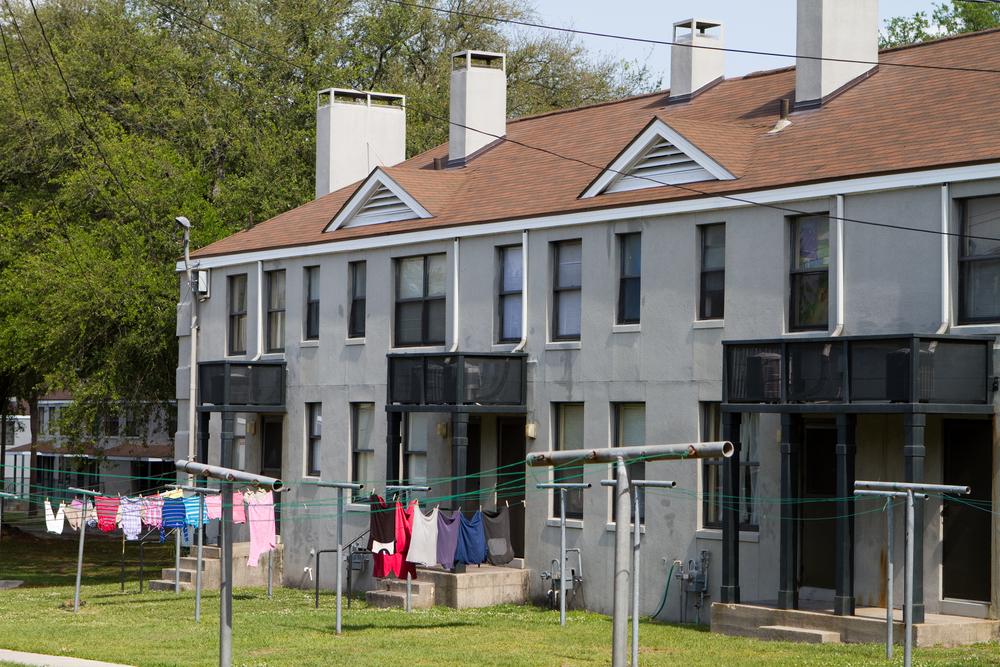Understanding Affordable and Low-Income Housing Options
Explore essential information about affordable and low-income housing options, including eligibility criteria based on AMI, how to identify qualifying units, and tips for navigating public housing programs. Learn how income levels influence housing opportunities and the importance of contacting local agencies for assistance.

Understanding Affordable and Low-Income Housing Options
Finding suitable housing often involves familiar terms like Section 8, low-income apartments, and affordable housing. But these terms have specific meanings that go beyond general understanding. A key factor in qualifying for these housing options is the Area Median Income (AMI), which helps determine affordable rent levels based on your area and local economic factors.
The Department of Housing and Urban Development (HUD) issues yearly AMI reports for each region. Households earning up to 80% of the median income are classified as low-income, with those earning less than 50% considered very low-income, and under 30% categorized as extremely low-income. Rent should ideally not exceed 30% of your income. For example, if your area's average income is $80,000 and you earn $35,000 annually, you may qualify for housing programs designed to keep rent within your financial means.
Qualification depends on income parameters—too high or too low income can disqualify applicants. Developers often receive tax incentives for creating low-income housing units, which they are required to maintain within affordable rent limits. Many public housing options consist solely of low-income apartments. To find these, contact local housing authorities or property managers, who can guide you towards available units that meet your needs.










